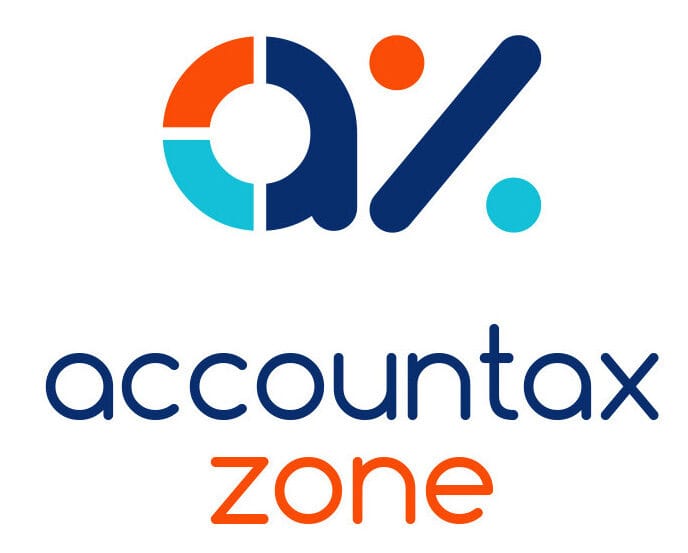Work may be undertaken on a property to repair it or to improve it, and it will not always be clear where the dividing line falls. The distinction is important for tax purposes as, depending on how the accounts are prepared, relief may be given in a different way for capital expenditure and for revenue expenditure.
Where the cash basis is used (as will generally be the case where rental receipts are £150,000 or less), both capital and revenue expenditure can be deducted in calculating taxable profits, as long as it relates wholly to the property business and the capital expenditure is not of a type for which such a deduction is not permitted. However, if the accruals (traditional) basis is used to prepare the accounts, only allowable revenue expenditure can be deducted; relief for capital expenditure is given in the form of capital allowances or in working out the chargeable gain when the property is sold.
Repairs
A ‘repair’ is defined by HMRC as the restoration of an asset by replacing parts of the whole asset. Replacing roof tiles blown off in a storm, repointing brickwork, undertaking interior and exterior decoration and mending broken windows would be repairs. The nature of the work is to put the property back in its original condition rather than making it into something better.
Expenditure on repairs is revenue expenditure. As long as the repairs are undertaken wholly and exclusively for the purposes of the property business, the expenditure can be deducted in full when calculating the taxable profits.
Improvements
Expenditure on improving the property is capital expenditure rather than revenue expenditure. An example here would be the addition of an extension or a loft conversion.
You may also like to read: What to do if you receive one of HMRC’s nudge letters
Blurred lines
In practice it will not always be clear whether there has been an improvement or where the line should be drawn.
HMRC recognise the difficulty in determining, at the margin, whether work constitutes a repair or an improvement. They acknowledge that ‘sometimes the improvement may be so small as to count as incidental to a repair’. Where there are no other indicators of capital expenditure, they allow the full amount of the expenditure to be deducted as revenue expenditure.
A further problem can arise where there is an element of improvement because the repair has been carried out using modern materials which give the appearance of an improvement simply because the materials are of a superior quality, provide a better finish or are more durable than those which they replaced. As long as the materials are, taking account of developments over time, broadly equivalent to the old materials, the expenditure will be treated as revenue expenditure and deductible in full. Likewise, any improvements that arise solely as a result of improvements in technology, for example the replacement of single glazing with double glazing, are generally treated as repairs, and consequently the expenditure will be deductible as revenue expenditure.
In deciding whether the revenue/capital boundary has been crossed, the degree of improvement also needs to be considered. Where there is only a trivial increase in performance or capacity resulting from the use of newer, but broadly equivalent, materials, the expenditure remains revenue. But if the improvement arising from the change of materials is significant, the full amount of the expenditure is regarded as capital, including the cost of any work that is needed to ‘make good’, such as redecorating after the improvements have been carried out (even though redecoration work would, on its own, be revenue expenditure).
It may also be necessary to consider whether an apportionment of expenditure is needed where extensive alterations are undertaken. However, if these are so significant as to amount to the reconstruction of the property, the full amount of the associated expenditure will be capital expenditure. Expenditure will only be allowable as revenue expenditure in relation to any parts of the old building that are preserved.
Partner note: ITTOIA 2005, Pt. 3HMRC’s Property Income Manual PIM2030.










